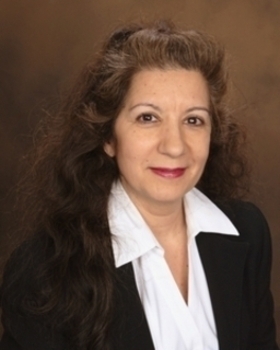Question
Where can I find information regarding effective therapy for hypernasality?
Answer
There are many articles and related books and book chapters on the subject of remediating hypernasality. The first step however, is to identify why the hypernasality is occurring. For example, is the hypernasality occurring due to a craniofacial anomaly such as cleft palate or a syndromic condition or another less likely etiology. There may be varied techniques that one can employ to reduce hypernasality in cleft palate versus an unknown etiology. For example prosthetic devices may be useful or surgical intervention in cleft palate where these techniques would be impractical for other types of hypernasality. Once the etiology is identified I would suggest some of the sources indicated below to consult for therapy procedures that may be helpful. If you can give me a more specific diagnosis I can help specify techniques for the particular etiology in question and give a point by point procedure for those therapy applications.
Books:
Case, J.L. (2002). Clinical Management of Voice Disorders (4th Edition). Austin, TX: Pro-Ed.
Colton, R.H. & Casper, J.K. (1996). Understanding Voice Problems: A Physiological Perspective for Diagnosis and Treatment (2nd Edition). Baltimore, MD: Williams & Wilkins.
Massengill, R. (1972). Hypernasality; considerations in causes and treatment procedures. Springfield, IL: Thomas.
Research Articles:
Case, J.L. (1999). Technology in the Treatment of Voice Disorders. Seminars in Speech and Language, 20 (3), 281; Thieme Medical Publishers, Inc.
Gourin C.G & Hubbell, R.N.(1996). Current management of velopharyngeal insufficiency in children. Current Opinion in Otolaryngology & Head and Neck Surgery: (4) 378.
Therapy Tools:
Ray, B. & Baker, B. (1990). Hypernasality modification program : a systematic approach.
Tucson, AZ : Communication Skill Builders, ISBN: 0884505669.
Thank You,
Bridget A. Russell, PhD, CCC-SLP
Bridget A. Russell is an Associate Professor at SUNY College at Fredonia. She received her Ph.D. from SUNY at Buffalo and has been a licensed speech-language pathologist for over 10 years. Her work is published in JSHLR and Speech and Voice Review. Her research focuses on examining ventilatory and laryngeal mechanisms for speech production in aged and professional voice users.

